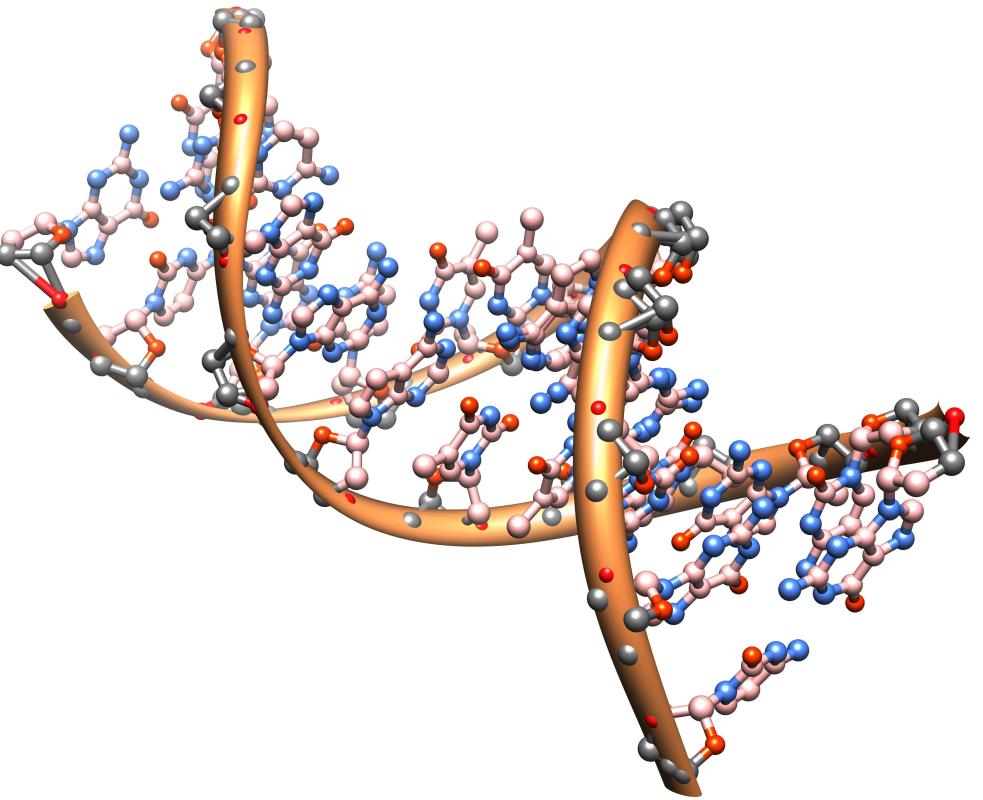At WiseGEEK, we're committed to delivering accurate, trustworthy information. Our expert-authored content is rigorously fact-checked and sourced from credible authorities. Discover how we uphold the highest standards in providing you with reliable knowledge.
What are the Different Types of Scientific Workflows?
Scientific workflows are used to improve the way research is carried out. The most common types focus on laboratory workflows, computational workflows, and data analysis workflows. Many institutions develop scientific workflows to reduce mistakes, improve results, and speed discovery. Workflows are often custom-designed to work for specific studies and can vary by industry and the type of data that needs to be collected and analyzed.
Scientific workflows for the lab can cover several aspects of operations. In many institutions there are specific workflows to prepare a sample to be tested. For instance, a hospital clinic might have well-defined procedures for acquiring a patient sample, logging that sample in, tracking it with a scanner and bar code, storing it and preparing it for examination. In this case, the scientific workflow could be a combination of written procedures to follow and computer software that tracks the sample from collection to examination. Information about a sample's status is often made available through a Web portal for easy access. Lab operations also use workflows to help guarantee the necessary materials are available, such as chemical reagents needed to conduct a test, are in stock and available when an experiment is run.

Another form of scientific workflow for the laboratory relates to carrying out the actual experiment. For example, a researcher might want to photograph a certain region of the sky or sequence the DNA of a particular cell. In either case, a workflow would dictate the steps a researcher would follow to complete the observation. For instance, astronomers would need to get the coordinates of the region they want to study, input that data into the telescope’s tracking system and position a digital camera to capture an image. Such workflows could be used by an institution to schedule time on special equipment to ensure optimal use of that equipment as well.

Much research today is done through computer modeling and simulation. Scientific workflows for this type of research might include procedures for creating the program, troubleshooting it, and then submitting and running these computational jobs. In many labs, a researcher can submit a job online to a computing center. Jobs are then automatically scheduled based on various factors including priority level, resources available and how long the job will run. In most cases, job status information is available online, so those who have submitted a job can quickly check its status to see if it is scheduled to run, running, or completed.

Once an experiment is done, a lab test is completed or a computer simulation is carried out, there is often a need for another type of scientific workflow to analyze the data collected. Often, the first step in such a scientific analysis workflow is to extract the data from a specific database, file or website. The data must then be put into a proper format. This might be something as simple as converting a temperature reading in Fahrenheit to Celsius or a distance measurement from feet to miles. The data is then run through an analysis routine and may need to be compared to other data. The final results are then presented to the researcher, usually in the form of a report, a file or a visual display.
In all of these types of scientific workflows, the benefit is that researches have standardized ways to conduct their work. In some cases, automation may be applied to some of the steps in a workflow. Automation helps to offload work from the researcher and to speed the process along.
AS FEATURED ON:
AS FEATURED ON:













Discuss this Article
Post your comments